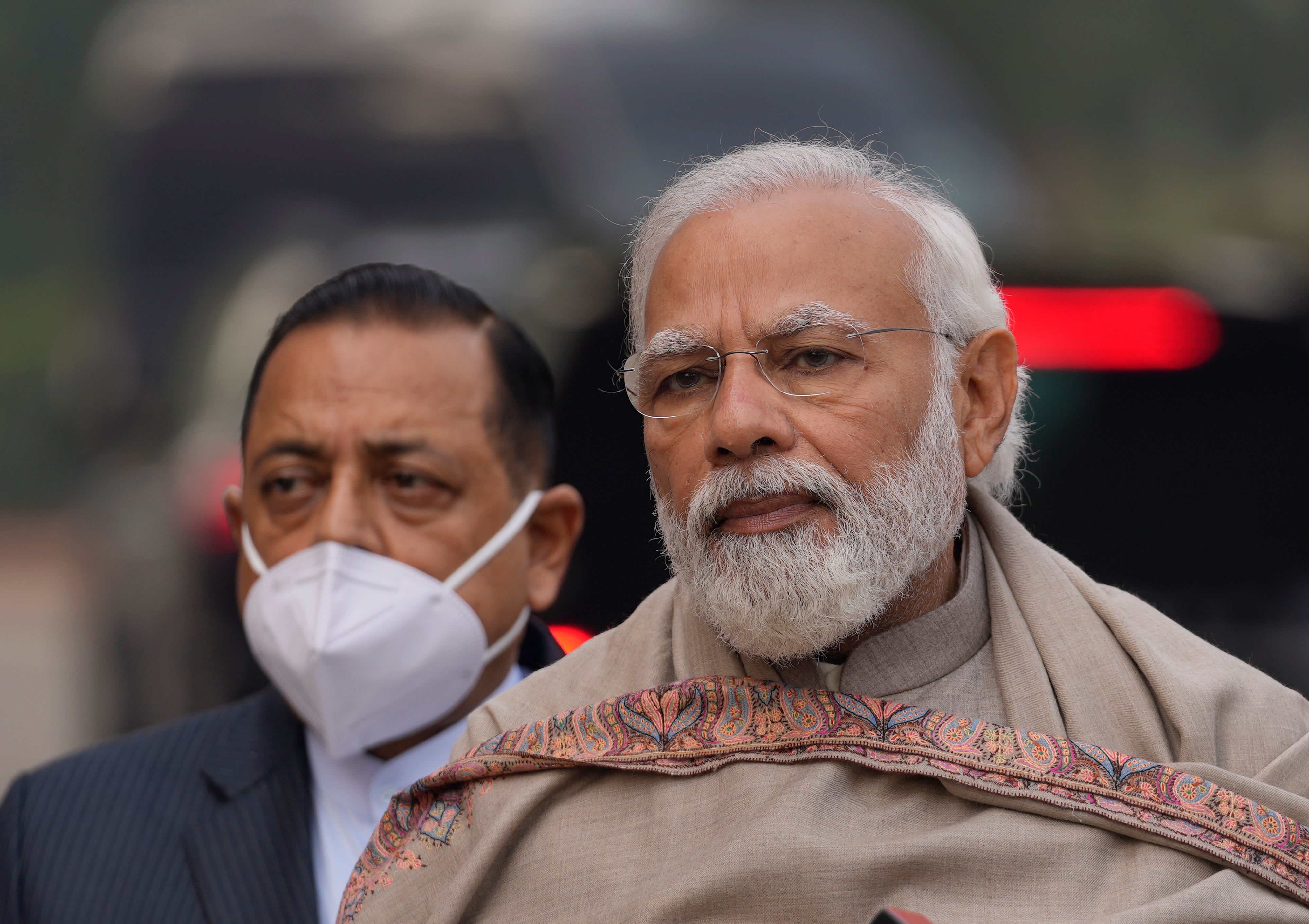India economy projected to grow 8% in coming fiscal year
India’s economy is projected to grow 8% to 8.5% in the financial year beginning April 1, signaling a strong recovery after it was slammed by the Covid-19 pandemic

Your support helps us to tell the story
From reproductive rights to climate change to Big Tech, The Independent is on the ground when the story is developing. Whether it's investigating the financials of Elon Musk's pro-Trump PAC or producing our latest documentary, 'The A Word', which shines a light on the American women fighting for reproductive rights, we know how important it is to parse out the facts from the messaging.
At such a critical moment in US history, we need reporters on the ground. Your donation allows us to keep sending journalists to speak to both sides of the story.
The Independent is trusted by Americans across the entire political spectrum. And unlike many other quality news outlets, we choose not to lock Americans out of our reporting and analysis with paywalls. We believe quality journalism should be available to everyone, paid for by those who can afford it.
Your support makes all the difference.India’s economy is projected to grow 8% to 8.5% in the financial year beginning April 1, signaling a strong recovery after it was slammed by the Covid-19 pandemic.
The government’s annual economic survey, released Monday, comes a day before Finance Minister Nirmala Sitharaman is due to present the national budget for the 2022-23 fiscal year.
The survey also forecast that India’s economy will expand at a 9.2% annual pace in the current financial year. That would make Asia’s third-largest economy one of the fastest growing major economies after it suffered a 7.3% contraction the year before, its worst performance in 40 years.
Almost all indicators show that the economic impact of the Covid-19 surge last year, driven by the Delta variant, was “much smaller than that experienced during the full lockdown phase in 2020-21 even though the health impact was more severe," the report said.
Agriculture did best, followed by industries including manufacturing, mining and construction.
The economy grew at an 8.4% annual pace in the July-September quarter after contracting by over 7% in the same quarter the year before.
Activity was supported by rising vaccination rates, which helped instill confidence in reopening businesses, and pent-up demand after months of restrictions and varying shutdowns. Over half of India’s nearly 1.4 billion population is fully vaccinated, with about 20% still awaiting their second shots.
Some vulnerable groups began getting booster shots in January, but there has been no official word yet on boosters for the wider population.
New coronavirus infections have jumped due to the omicron variant of the virus, though health officials said last week there signs they may be plateauing in some areas. They warned that cases were still surging some other states. In the capital, Delhi pandemic restrictions have been relaxed to allow restaurants, bars, and movie theaters to operate at half capacity.
Experts have warned that as states relax restrictions, infections could start rising again. And even though the economy has picked up, multiple waves of outbreaks have battered the country’s large informal sector and contact-intensive services like restaurants, hotels, retailing and tourism.
Unemployment rose to nearly 8% in December, a four-month high, according to data from the think tank Center for Monitoring Indian Economy.